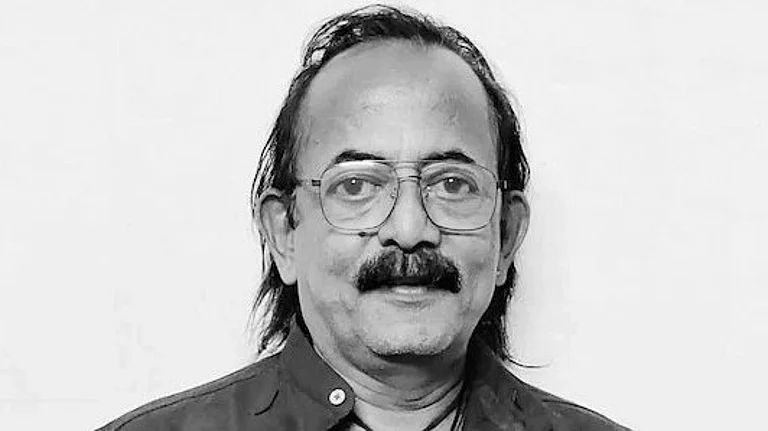The Hidden Hindu
Akshat Gupta
Penguin India
INR 250
Of late there has been a great deal of science versus mythology debate around the achievements of ancient Indians. The latter supposedly knew how to build flying machines, with the Pushpak Vimana one of the earliest examples. Similarly, it's claimed that Sushrut was the earliest plastic surgeon – for which there actually exists evidence in the form of ancient texts that detail nose reconstruction, one of the most in-demand plastic surgery procedures -- since in a world dominated by swords, noses were at risk during battles. These theories recur in the first part of Askhat Gupta’s trilogy, set against the modern world of interrogation chambers and truth serums. Like Dan Brown, Gupta displays a fascination for the paradoxical interplay between science and religion – in Gupta’s case the myths of Hinduism.
The concept that forms the foundation of the Hidden Hindu is that of the seven immortals in Hinduism who are believed to be alive even after the end of the epoch (yug) they were born in. An aghori, an extreme Shiva worshipper who seeks purity through impurity, is dragged, bound hand and feet, into an interrogation chamber and injected with a truth serum. What is revealed sounds like an untruth to those who are listening. Known as Om, the aghori with many names seems to have drifted through different lives. He also appears to know Dr Srinivasan, who is in charge of the interrogation, which keeps the note of mystery going till the end.
In a world obsessed with staying young, one can guess what lies at the heart of the Hidden Hindu. Gupta presses the right buttons of violence, hackers and religious bias with a supervillain and a missing text at the heart of all. The story follows a simple outline which is in keeping with the fact that he actually wrote the story for his son. The characters are sketched in a few lines through their sartorial choices and affiliations. LSD, for example, is a nod to the Beatles, through the character Lisa Da Costa, an ethical hacker. It is a narrative that leaps from point to point and uses theories common to a Dan Brown page Turner. It explores worlds of mythology, science and modern-day conspiracy with missing manuscripts that hold the key to great secrets.
This first part points the reader toward secrets that are to be unravelled in the books that will follow, through enigmatic symbols. Given the juxtaposition of interrogation and violent action, the reader might imagine that Gupta has a cinematic fate in mind for the story – novels of this kind usually end up as grist for the cinematic mill. He spends quite a bit of time translating words and phrases for the benefit of an international audience – though yes, most Indian readers might not be aware of the aghori. However, Om’s aghori connection is not as important to this story as it might be; unless Gupta is keeping something up his sleeve. The only superpower that Om possesses is longevity, which does not come accompanied by showers of sparks.
Readers will have to wait for the next book to see what happens to Om in a world where everyone is obsessed with staying alive.


























